So you like photography and now you are wondering how to make a business from it? Starting a photography business can be an exciting venture, even if you have no prior experience. With a passion for photography and a willingness to learn, you can turn your hobby into a profitable business. In this article, we will guide you through the process of starting a photography business from scratch, from understanding the basics of photography to marketing your services and managing your business effectively.
Understanding the Basics of Photography
Before you dive into starting a photography business, it is essential to have a solid understanding of the fundamentals of photography. Familiarize yourself with the various camera settings, such as aperture, shutter speed, and ISO. These settings determine how much light enters the camera and affect the overall exposure of your photographs. Understanding how to control these settings will give you greater control over the final outcome of your images.
In addition to camera settings, it is important to learn about composition, lighting, and the rule of thirds. Composition refers to how you arrange the elements within your frame, such as the placement of your subject and the use of lines and shapes. Lighting plays a crucial role in photography, as it can dramatically change the mood and atmosphere of your images. The rule of thirds is a compositional guideline that suggests dividing your frame into thirds both horizontally and vertically, and placing your subject along these lines or at their intersections.
Once you have a grasp of the technical aspects of photography, it’s time to put your knowledge into practice. Experiment with different subjects and shooting techniques to develop your skills and style. Try photographing landscapes, portraits, still life, or even abstract images. Each subject presents its own set of challenges and opportunities, allowing you to explore different aspects of photography.
Learning the Art of Photography
Photography is more than just technical knowledge; it is an art form that requires creativity and vision. To truly excel in photography, it is important to study the work of renowned photographers and gain inspiration from their images. Look at the composition, lighting, and storytelling elements in their photographs. This will help you develop your own unique perspective and style.
Developing a creative eye is crucial in photography. Train yourself to see beyond the obvious and capture unique moments or perspectives. Experiment with different lighting conditions, angles, and perspectives to capture stunning images that stand out. Sometimes, the most ordinary subjects can become extraordinary when viewed from a different angle or in a different light.
Photography is also about telling stories. Think about the message or emotion you want to convey through your images. Consider the narrative and the visual elements that can enhance the story. By combining technical knowledge with artistic vision, you can create photographs that not only look visually appealing but also evoke emotions and connect with viewers.
Essential Photography Equipment for Beginners
When starting a photography business, it is important to invest in the right equipment. While professional-grade gear can be expensive, there are budget-friendly options available for beginners. Start with a reliable DSLR or mirrorless camera and a versatile lens. These will give you the flexibility to shoot a wide range of subjects and experiment with different styles of photography.
In addition to the camera and lens, consider investing in a tripod. This will help you stabilize your camera and ensure sharp images, especially in low-light situations or when using slower shutter speeds. An external flash can also be a valuable tool, as it allows you to control the direction and intensity of light, particularly in indoor or low-light environments.
Filters are another accessory that can enhance your photography. A polarizing filter, for example, can reduce glare and enhance colors, while a neutral density filter can help you achieve longer exposures for creative effects like smooth water or blurred motion.
As you progress in your photography journey and identify specific genres you want to specialize in, you can gradually expand your gear collection. For example, if you are interested in portrait photography, you may consider investing in a portrait lens or studio lighting equipment. If you are drawn to landscape photography, a wide-angle lens or a sturdy tripod may be essential.
Understanding Different Types of Photography
Photography encompasses various genres, each with its own unique characteristics and requirements. Take the time to explore different types of photography to find your niche and target market. By specializing in a particular genre, you can develop expertise and stand out in a crowded market.
Portrait photography focuses on capturing the personality and essence of individuals or groups. It requires strong communication and interpersonal skills to make your subjects feel comfortable and bring out their best expressions.
Landscape photography, on the other hand, is about capturing the beauty of nature and the environment. It often involves early mornings or late evenings to capture the best lighting conditions and dramatic skies. Patience and an eye for composition are key in this genre.
Fashion photography involves showcasing clothing, accessories, or beauty products. It requires attention to detail, styling, and collaborating with a team of professionals, such as models, makeup artists, and stylists.
Event photography involves capturing moments and emotions during weddings, parties, or corporate events. It requires the ability to anticipate and react quickly to fleeting moments, as well as the skills to work in various lighting conditions.
Product photography focuses on showcasing products in the best possible light. It requires attention to detail, lighting techniques, and the ability to highlight the unique features and qualities of the product.
These are just a few examples of the many genres within photography. Each genre requires a unique set of skills and techniques, so it is important to focus on one or two areas initially. By specializing, you can develop a strong portfolio and attract clients who are specifically looking for your expertise.
Building Your Photography Skills
Once you have a solid foundation in photography, it is time to refine your skills and develop your unique style. Consistent practice is crucial in sharpening your photography skills. Dedicate time to regular shooting sessions to capture a variety of subjects in different environments. Experiment with post-processing techniques to enhance your images. Critically analyze your work to identify areas for improvement and continue learning and growing as a photographer.
Photography is an art that requires constant practice and exploration. By going out and shooting regularly, you expose yourself to different lighting conditions, compositions, and subject matters. Whether it’s capturing the vibrant colors of a sunset or the intricate details of a flower, every shot contributes to your growth as a photographer. Don’t be afraid to push yourself out of your comfort zone and try new techniques. This could involve experimenting with long exposures to capture the motion of a waterfall or using unconventional angles to create a unique perspective.
One way to further expand your knowledge and skills is by attending photography workshops, courses, and seminars. These learning opportunities provide guidance, feedback, and insight from experienced photographers in the industry. Imagine being able to learn from renowned photographers who have mastered their craft and can offer valuable advice. By participating in these workshops and courses, you’ll gain valuable insights, learn new techniques, and have the chance to network with like-minded individuals who share your passion for photography.
Developing a unique photography style sets you apart from the competition and attracts clients who resonate with your vision. It is an ongoing process that involves experimentation and self-discovery. As you continue to practice and explore different genres, you’ll start to notice patterns in your work. Pay attention to the editing techniques, colors, and compositions that you are naturally drawn to. These elements can become the foundation of your signature style.
While it’s essential to draw inspiration from within the photography industry, don’t limit yourself to just that. Look to other art forms such as painting and music for inspiration. The way a painter uses colors or a musician evokes emotions can provide valuable insights into your own creative process. By exploring different genres and experimenting with various techniques, you’ll gradually find what speaks to you creatively and allows you to express your unique vision through your photography.
Practicing Your Photography Skills
Make it a habit to go out and practice your photography regularly. Experiment with different lighting conditions, compositions, and subject matters. Push yourself out of your comfort zone and try new techniques. Take photographs of friends and family, landscapes, and even everyday objects. The more you practice, the more confident you will become in your abilities, ultimately leading to better results for your clients.
Photography is a journey of continuous learning and growth. Each time you pick up your camera, you have the opportunity to improve your skills and expand your creative horizons. By practicing regularly, you develop an intuitive understanding of your camera’s settings, allowing you to capture the perfect shot in any situation. Don’t be afraid to experiment and make mistakes along the way. It is through trial and error that you discover your strengths and weaknesses, enabling you to refine your technique and produce stunning images.
Attending Photography Workshops and Courses
Expand your knowledge and skills by attending photography workshops, courses, and seminars. These learning opportunities provide guidance, feedback, and insight from experienced photographers in the industry. You’ll gain valuable insights, learn new techniques, and have the chance to network with like-minded individuals. Look for workshops and courses that align with your interests and goals, and take advantage of the chance to learn from industry professionals.
Photography workshops and courses offer a structured learning environment where you can immerse yourself in the world of photography. Whether it’s a weekend workshop or a comprehensive course, these experiences provide a focused and intensive learning experience. You’ll have the opportunity to receive personalized feedback on your work, allowing you to identify areas for improvement and refine your skills. Additionally, networking with fellow photographers can open doors to collaborations and future opportunities.
Finding Your Unique Photography Style
Developing a unique photography style sets you apart from the competition and attracts clients who resonate with your vision. Experiment with different editing techniques, colors, and compositions to define your signature style. Look for inspiration not only within the photography industry but also in other art forms such as painting and music. Explore different genres and experiment until you find what speaks to you creatively.
Your photography style is an expression of your personality and artistic vision. It is a reflection of how you see the world and how you want to communicate your experiences through your images. When setting up a business in photography our experience is to find a niche that you are good at and known for. This might be a wedding photographer or a drone photographer for real estate. Either way become good and known for something and this will allow you to build a strong client base.
Experimentation is key in finding your unique photography style. Try different editing techniques to enhance the mood and atmosphere of your images. Play with colors to create a specific aesthetic that aligns with your vision. Explore different compositions and perspectives to bring a fresh perspective to your subjects. It may take time and exploration, but as you continue to refine your style, you’ll find that your photography becomes a powerful means of self-expression.
Creating a Business Plan
With a solid foundation in photography, it is time to turn your skills into a viable business. Creating a comprehensive business plan is essential for mapping out your goals, identifying your target market, and planning your finances.
Starting a photography business is an exciting venture that allows you to showcase your artistic talent and turn your passion into a profitable profession. However, it requires careful planning and strategic decision-making to ensure its long-term success.
When creating a business plan for your photography business, it is important to consider various aspects that will contribute to its growth and profitability. This includes identifying your target market, setting a competitive pricing structure, and planning for business expenses.
Identifying Your Target Market
To market your photography services effectively, it is crucial to identify your target market. Consider the type of photography you specialize in and the demographics of potential clients who might be interested in your work. Are you focusing on wedding photography, family portraits, or commercial photography? Determining your niche will help you tailor your marketing efforts and better connect with potential clients.
Furthermore, understanding the specific needs and preferences of your target market will enable you to offer customized services that meet their expectations. This could involve offering different packages or additional services that cater to their unique requirements.
Setting Your Pricing Structure
Establishing a fair and competitive pricing structure is essential for running a successful photography business. Research the market rates in your area and consider your level of expertise and the costs involved in running your business. Take into account factors such as equipment depreciation, editing time, and your time spent on photo shoots.
While it is important to remain competitive in the market, it is equally important to ensure that your pricing structure allows you to cover your expenses and make a profit. Keep in mind that pricing too low may attract clients, but it may not be sustainable in the long run. On the other hand, pricing too high may deter potential clients. Striking the right balance is key. Our advice is to ask fellow photographers what they charge and how they structure it. Whilst you don’t want to replicate them, doing some due diligence on your competitors is key.
Planning for Business Expenses
Starting a photography business involves various expenses, and it is crucial to plan for them accordingly. These expenses may include camera equipment, marketing materials, website hosting, and insurance.
Creating a detailed budget that outlines your business expenses will help you have a clear understanding of your financial requirements. It is important to consider both one-time costs, such as purchasing equipment, as well as ongoing costs, such as software subscriptions, advertising, and studio rental fees. By factoring these expenses into your pricing structure, you can ensure that your business remains financially sustainable in the long run.
Additionally, it is essential to have a contingency plan in place for unexpected expenses or fluctuations in the market. This could involve setting aside a portion of your earnings as an emergency fund or exploring options for business loans or grants that can provide financial support when needed.
Taxes – we all have to pay them. One of the best pieces of advice I received was stay on top of your expenses and know how much tax you will have to pay. Put that money aside early or it will come to bite you later. There are some fantastic accounting software tools out there to help with this these days.
In conclusion, creating a business plan is a crucial step in turning your photography skills into a successful business. By identifying your target market, setting a competitive pricing structure, and planning for business expenses, you can lay a solid foundation for your photography business and increase your chances of long-term success.
Setting Up Your Photography Business
Starting a photography business is an exciting venture that allows you to pursue your passion while making a living. However, it requires careful planning and attention to detail to ensure success. Once you have a solid business plan, it is time to set up your photography business formally by following these crucial steps:
Choosing a Business Name
Choosing a business name is an important step in establishing your brand identity. You want to select a name that not only represents your photography style but also resonates with your target audience. Take the time to brainstorm different options and consider the message you want to convey. A unique and memorable name will help you stand out from the competition.
Before finalizing your business name, it is essential to research if it is already in use by another business. Conduct a thorough search online and check with local business registration authorities to ensure that your chosen name is available for use. This step will prevent any legal issues or confusion down the line.
Registering Your Business
Once you have chosen a name, it is important to register your photography business with the appropriate government agencies. The specific requirements may vary depending on your location, so it is wise to consult with a legal professional or business advisor who can guide you through the process.
Registering your business not only gives you a sense of legitimacy but also allows you to obtain any necessary permits or licenses required to operate legally. Compliance with local regulations is crucial to avoid any penalties or disruptions to your business operations.
Creating a Professional Website
In today’s digital age, a professional website is essential for any business, including photography. It serves as your online portfolio, allowing potential clients to view your work and get a sense of your style and expertise. Investing in a well-designed and user-friendly website will help you attract more clients and establish your online presence.
When creating your website, make sure to highlight your best work in your portfolio section. Showcase a variety of photographs that demonstrate your versatility and skill. Additionally, provide clear and concise information about the services you offer, such as wedding photography, portrait sessions, or commercial shoots. Including your contact information prominently will make it easy for potential clients to get in touch with you.
Optimizing your website for search engines is another essential step to increase your online visibility. Research keywords relevant to your photography niche and incorporate them naturally into your website content. This will help your website rank higher in search engine results, making it easier for potential clients to find you.
Setting up your photography business involves more than just these three steps, but they provide a solid foundation to start. Remember to continuously refine your skills, stay updated with industry trends, and provide exceptional customer service to thrive in the competitive photography market.
Marketing Your Photography Business
Marketing is essential for attracting clients and growing your photography business. Here are some effective marketing strategies:
Building a Portfolio
Putting together a strong portfolio is crucial for showcasing your skills and attracting potential clients. Select your best work and curate a diverse portfolio that demonstrates your range and expertise. Update your portfolio regularly with new and fresh photographs that represent your current skills and style.
Utilizing Social Media for Promotion
Social media platforms offer excellent opportunities to promote your photography business. Create professional profiles on platforms such as Instagram, Facebook, and LinkedIn. Regularly post high-quality images, engage with your audience, and interact with potential clients. Utilize relevant hashtags and join photography communities to expand your reach and connect with like-minded individuals.
Networking in the Photography Industry
Building relationships with other photographers, industry professionals, and potential clients is crucial for your photography business’s growth. I spent time building a network with videographers who would pass me work when their clients asked for people in the space. Make sure you attend industry events, join photography associations, and participate in online forums and communities. Networking allows you to learn from others, gain exposure, and potentially collaborate on projects that can benefit both parties.
Managing Your Photography Business
As your photography business grows, it is important to manage it effectively to ensure continued success. Here are some key aspects to keep in mind:
Handling Client Relationships
Building strong client relationships is vital for your business’s reputation and continued success. Communicate clearly and promptly with clients, setting realistic expectations and outlining the scope of your services. Deliver work in a timely manner and provide exceptional customer service to exceed client expectations. Positive client experiences can lead to referrals and repeat business.
Keeping Track of Finances
Proper financial management is crucial for the long-term sustainability of your photography business. Keep organized records of your income and expenses, and consider using accounting software or hiring an accountant to help you with bookkeeping tasks. Set aside funds for taxes, equipment upgrades, and business-related emergencies. Regularly review your financial statements to track your business’s performance and make informed decisions.
Continuing Education and Skill Development
The photography industry is constantly evolving, with new technologies and techniques emerging regularly. Stay updated with the latest trends and developments by attending workshops, conferences, and online courses. Continuously improve your skills and explore new areas of photography to stay competitive and offer innovative services to your clients.
Final Thoughts
Starting a photography business from scratch may seem daunting, but with dedication, perseverance, and a passion for photography, you can turn your dreams into a thriving business. Many of the team at Photography Revision have been freelancers so understand this is not a quick win.
Understand the basics of photography, hone your skills, create a solid business plan, and market your services effectively. Remember, success comes with continuous learning and a commitment to delivering exceptional work to your clients. Most of all you will need patience. Embrace the journey, and enjoy the process of building your photography business from the ground up.
You may be interested in our article on some top tips on how to grow your photography business How to Grow Your Photography Business – Our Top Tips – Photography Revision



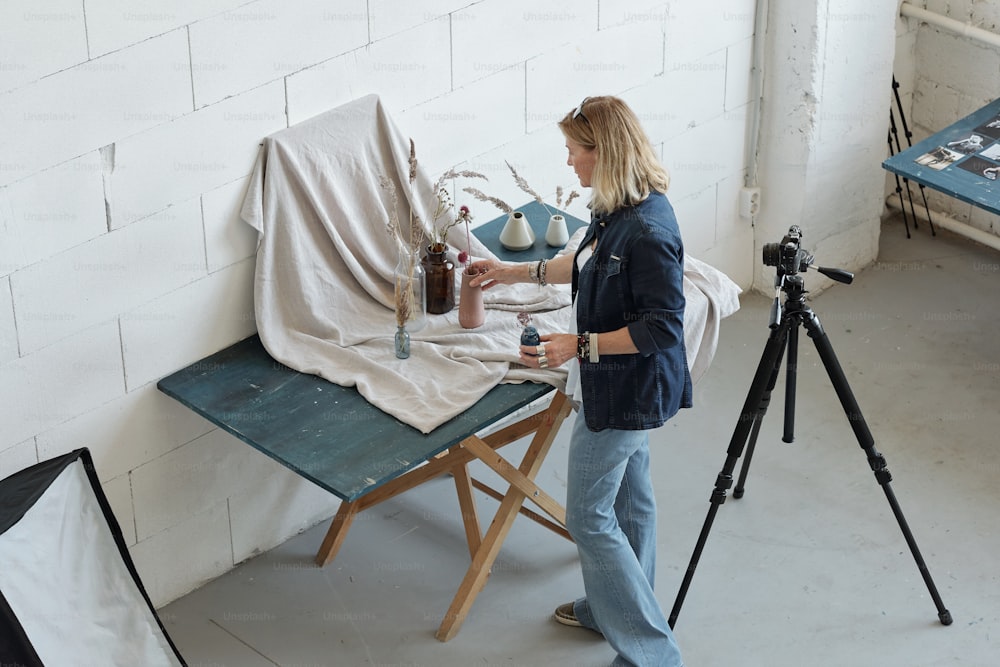
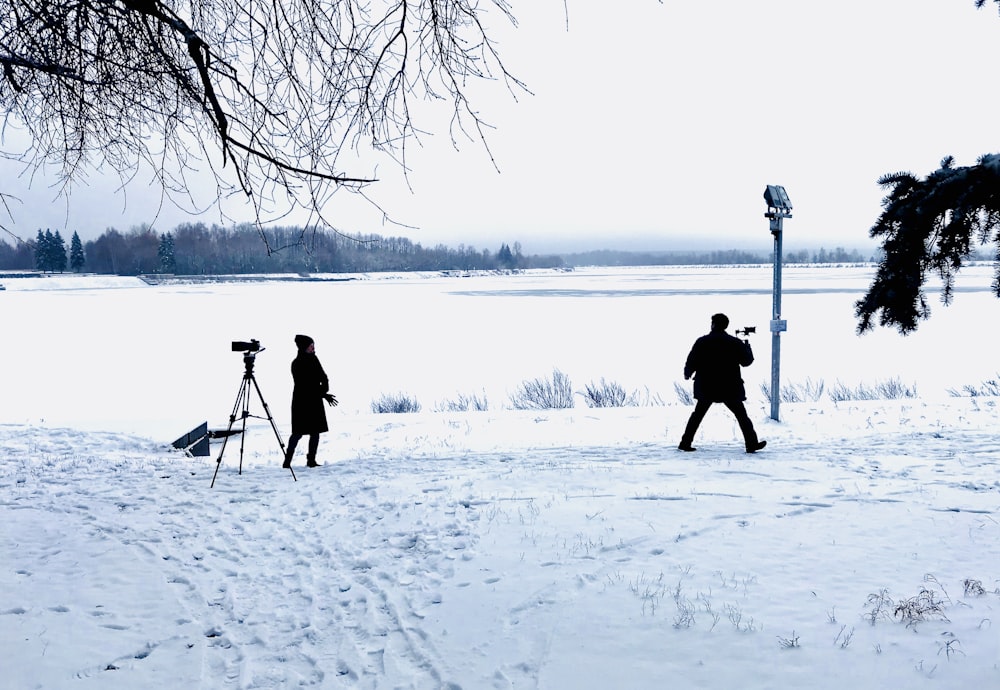
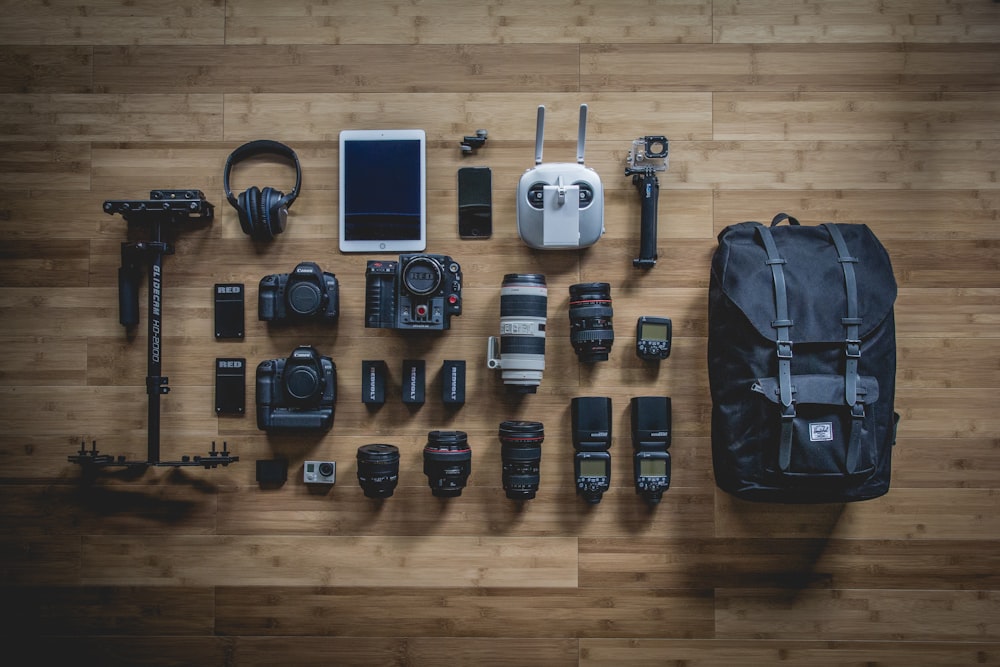
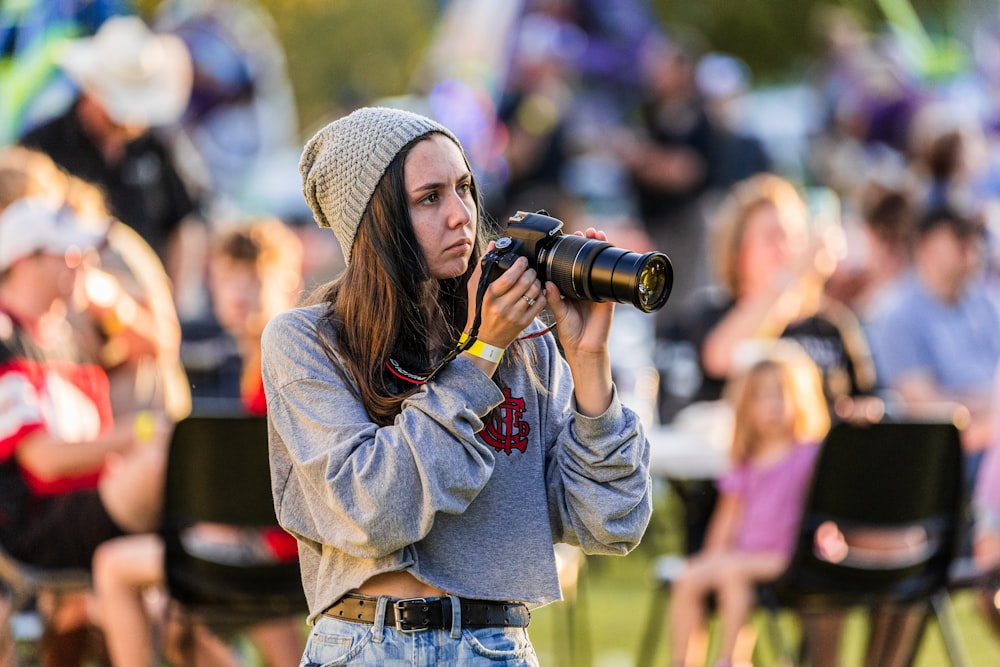
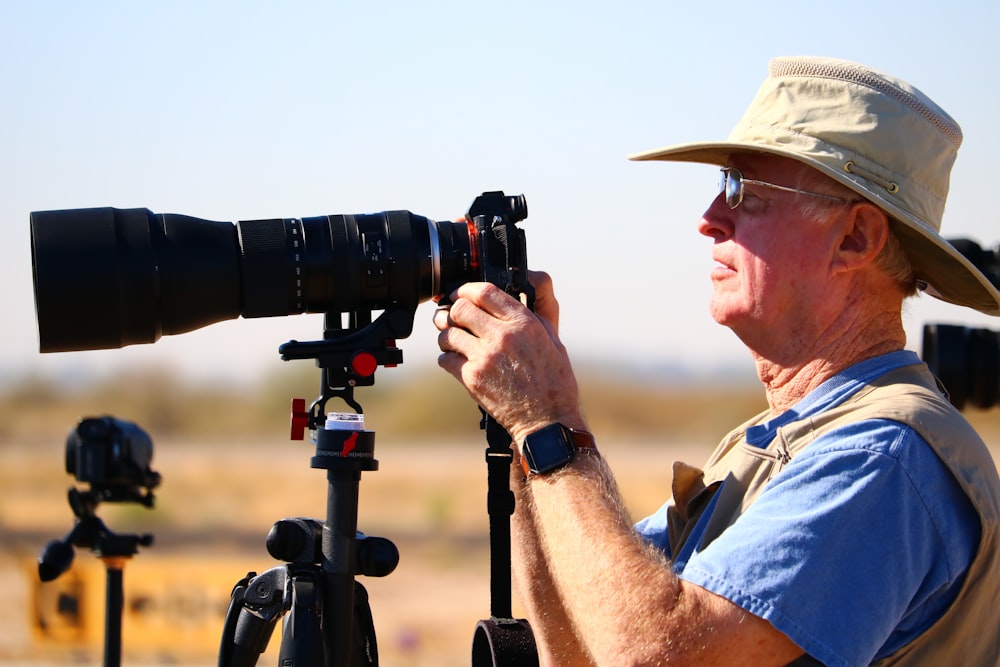
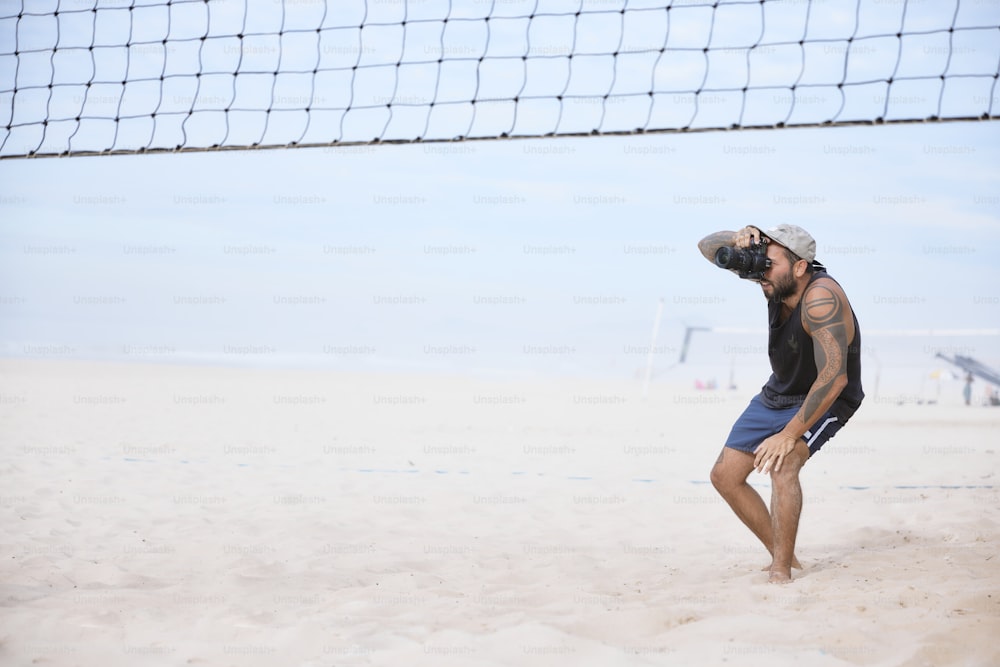



Comments are closed.